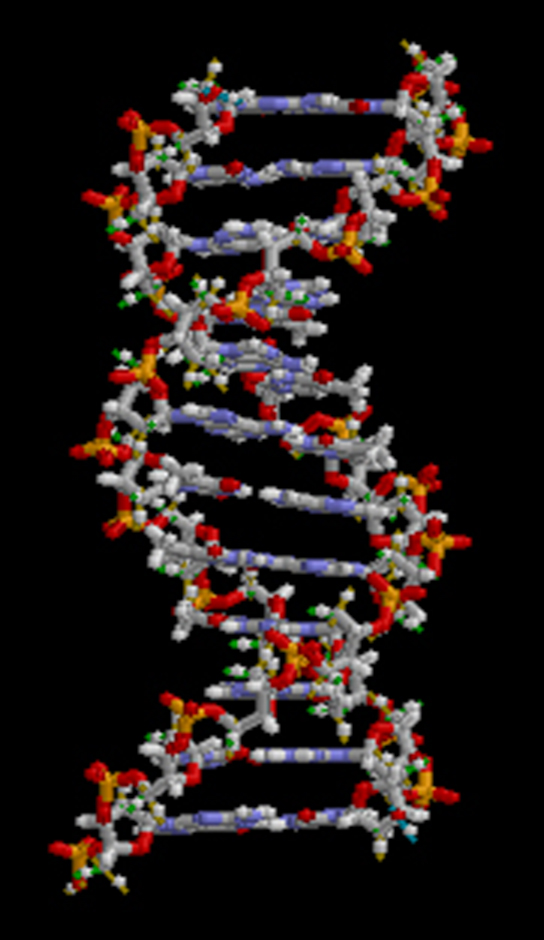| << Chapter < Page | Chapter >> Page > |
All organisms use a source of energy for their metabolic activities. Some organisms capture energy from the sun and convert it into chemical energy in food; others use chemical energy in molecules they take in as food ( [link] ).
Which of the above characteristics of life can apply to the items below?
Living things are highly organized and structured, following a hierarchy that can be examined on a scale from small to large. The atom is the smallest and most fundamental unit of matter. It consists of a nucleus surrounded by electrons. Atoms form molecules. A molecule is a chemical structure consisting of at least two atoms held together by one or more chemical bonds. Many molecules that are biologically important are macromolecules , large molecules that are typically formed by polymerization (a polymer is a large molecule that is made by combining smaller units called monomers, which are simpler than macromolecules). An example of a macromolecule is deoxyribonucleic acid (DNA) ( [link] ), which contains the instructions for the structure and functioning of all living organisms.

Watch this video that animates the three-dimensional structure of the DNA molecule shown in [link] .
Some cells contain aggregates of macromolecules surrounded by membranes; these are called organelles . Organelles are small structures that exist within cells. Examples of organelles include mitochondria and chloroplasts, which carry out indispensable functions: mitochondria produce energy to power the cell, while chloroplasts enable green plants to utilize the energy in sunlight to make sugars. All living things are made of cells; the cell itself is the smallest fundamental unit of structure and function in living organisms. (This requirement is why viruses are not considered living: they are not made of cells. To make new viruses, they have to invade and hijack the reproductive mechanism of a living cell; only then can they obtain the materials they need to reproduce.) Some organisms consist of a single cell and others are multicellular. Cells are sometimes classified as prokaryotic (consisting of Bacteria and Archaea ) or eukaryotic ( Eukarya ). Bacteria, Archaea and Eukarya, comprise the three kingdoms of life, each representing a distinct cellular lineage. Prokaryotes are single-celled or colonial organisms that do not have membrane-bound nuclei; in contrast, the cells of eukaryotes do have membrane-bound organelles and a membrane-bound nucleus. It should be noted that while the term prokayote or prokaryotic is frequently used to discuss the similarities between bacteria and archaea and their common differences with eukaryotes, bacteria and archaea are as different from each other as they are different from eukaryotes. As we will discuss later, from an evolutionary perspective archaea are actually more closely related to eukaryotes then they are to bacteria. So why the common term prokaryote, it is an easy way to distinguish the simple structural similarities between bacteria and archaea as opposed to the more complex cellular structure of eukaryotes. This can easily be visualized by looking at [link] .

Notification Switch
Would you like to follow the 'Introduction to bis2a: modules 0.0 to 1.2' conversation and receive update notifications?